A 7 Day Road Trip Through Rural Scotland – From Ullapool Northward

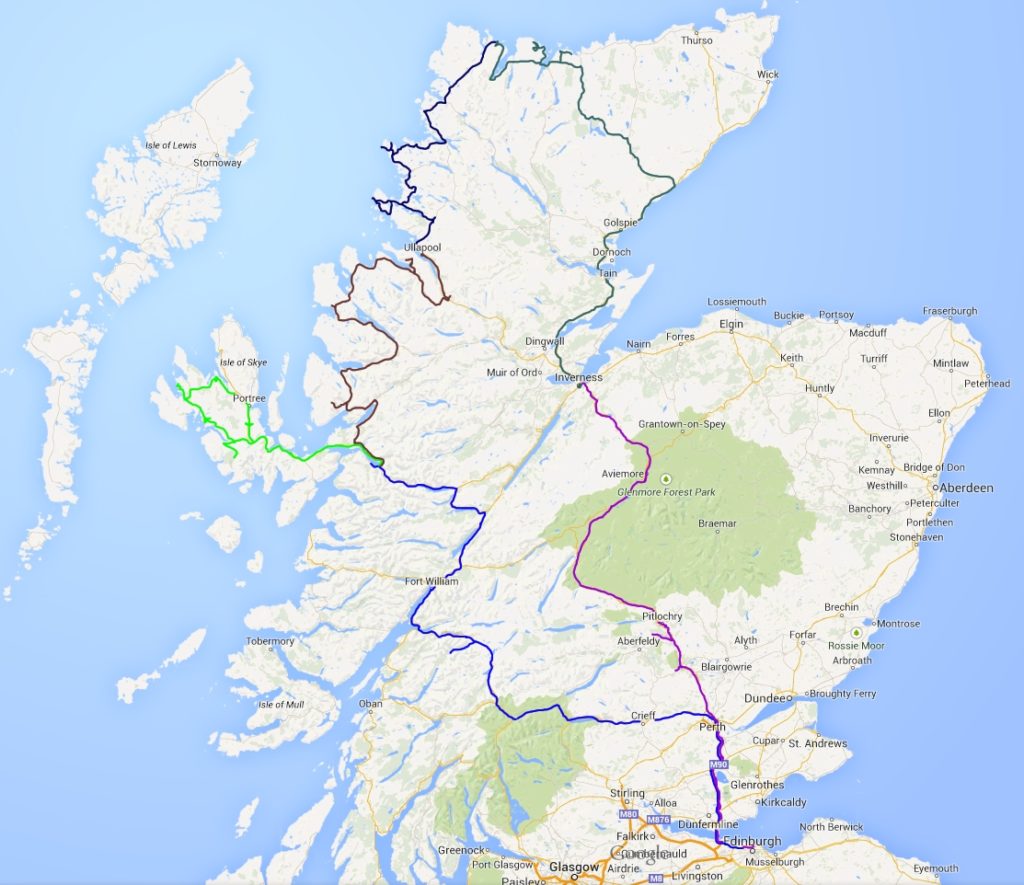
In Part I and Part II of this series I shared with you the adventures and experiences of my first three days on the road. This included the trip from Edinburgh through Glen Coe to Ratagan before outlining my second day which was dedicated completely to the Isle of Skye. The third day documented the voyage from Skye up along the western coast to the small town of Ullapool. In this post we pick up where I left off as I leave Ullapool and continue my exploration of the jagged, and largely empty, north western coast of Scotland. Impatient? Jump to the fourth and final post in this series.
Day 4 – Durness Bound
With a heave-ho I launched my backpack into the trunk of my sky blue 2013 Beetle Coup rental. Somehow, the car was starting to charm me. Despite feeling slightly immasculinated initially, I was impressed by the handling, loved how I fit in it, and was growing ever so slightly attached. In truth, it was starting to obliterate my previous bias, cemented by the previous generation of “re-imagined” Beetles, which held that the new line of Beetles were girly cars perfect for over-sized sunglasses and sundresses. So, it was with a bit of love and care that I circled the car, kicking the tires, and inspecting it before preparing for a long day of driving. My plan was uncomplicated. I’d take back roads, turn down random rural lanes, and wander towards the coast wherever possible before eventually ending the day at Durness on the north-western corner of the Scottish mainland.
My first foray out onto one of the many jagged peninsulas that mark the coastal range quickly saw me winding between ancient hills with jagged sides. Tufts of peat, heather, and mixed grasses clung to the mountain tops like the errant patches of hair on an old man’s head. These weather worn old mountains are comprised of some of the oldest exposed rocks on earth, but also quickly gave way to gorgeous rolling fields of peat marsh and soft tundra. Despite the threat of far off storm clouds the colors and hues of the northern morning sun brought to life the rainbow of greens, reds, purples, and golds that are the hallmark of the natural Scottish ground-covering. Unlike so many other grass fields elsewhere, in Scotland the sheer number of tiny wildflowers, ferns, mosses, and other vegetation give the landscape an intensity and depth that is almost impossible to capture in a photo. Brought to my nostrils by a mild breeze, I could start to smell the bite of the ocean in the air. I watched as the grasslands followed in the steps of the ancient mountains and quickly gave way to coastal marsh, riddled by what I can only describe as small streams and pools that reminded me of the holes eaten by errant moths left to feast on long-forgotten clothing. As I watched the sheep browse their way across the landscape I found myself chuckling softly to myself – while there were no giant Scottish moths, the sheep were, perhaps, not all that different despite their lack of wings and wagging tails.
As the road threaded along the moth-eaten coast it started to dawn upon my that I had stumbled onto a part of Scotland that has played an important role throughout history, but which I had only a passing familiarity: the Summer Isles. For those with literary inclinations, you may recognize the name and the imagery from many-a-story. That is, in no small part, because so many of the authors who have written high fantasy over the years have drawn heavily from Scotland’s rich geography for inspiration.
The isles are small rugged things. If one squints, and lets their mind run wild similar to how one might spot shapes in the clouds, the Summer Isles might be mistaken for the heads of dolphins or whales in various stages of breach. With lunchtime fast approaching, I checked the small collection of maps I had accumulated. Each map had varying levels of detail and coverage. The downside to free maps is that their reliability and precision often leaves something wanting. However, with an air of near-certainty I wound my way along the narrow coastal lane enjoying periodic pullouts and overlooks while marveling at the beauty of the expansive loch that opened up at my feet. Eventually, I glanced at my watch and realized that with most of the morning gone I had only just begun the day’s drive. So, with an eye out for a small store or shop for lunch, I turned back around and made my way back out the lone road that serviced the peninsula, speeding along with the windows down, rainstorms in my rear-view mirror, a careful eye on the road for errant sheep, and perky Celtic music quickening my step.
A careful review of my map indicated that there was a Stor (Stoer) Point, mini Old Man of Stor (Stoer) and historic Stor (Stoer) Lighthouse to be found at the tip of the next peninsula. This piqued my interest, both for the thought of photographing a lighthouse and because the better known Old Man of Stor, which is situated on the Isle of Skye, is an impressive rock formation. The route out to the lighthouse took me through a warren of paved and gravel back roads many of which were lined by ancient stone walls. The houses were often small, simple, and hearty. Though, that’s not to say that they lacked warmth and charm. The small farmhouses of the north western coast have a romantic allure to them. One further enhanced by the sheer beauty of the rolling hills, small lochs, and rugged coastline. Signs of the harsh tragedies that have also plagued northern Scotland were abundant in the form of abandoned and long forgotten stone foundations for houses, barns, and even a few churches. A stark reminder of just how many Scots were killed or uprooted during the various highland clearings.
Perched more than 45 meters (150 feet) above the sea, the relatively short Stoer Lighthouse caps out at 14 meters (45 feet) in height and was built in 1870 by the famous Stevenson lighthouse family. This picturesque lighthouse provides an imposing view over the nearby waters and is a great spot to keep an eye out for sea-lions, dolphins, and the occasional whale. As with this entire region of the coast, the rocks are ancient things which stand resilient, even against the ever vicious onslaught of the sea. For those with slightly more time than I had (and slightly healthier ankles – as I had rolled mine the previous day) there is a several kilometer walk from the lighthouse out to Stoer Point and the Old Man of Stoer. The Old Man is a 60 meter (195 feet) tall natural obelisk/pillar/sea stack and comprised of the Torridonian Sandstone which is common in the area. It looks quite beautiful in the photos I’ve seen and I regret not being able to make my way out to it. Apparently, the stack is also quite popular among local climbers though I didn’t see any of the hikers heading towards it carrying gear.
So, with some regret that I wasn’t quite up for the hike, I jumped back in the car, but decided that I’d see if I couldn’t get a bit closer to the point via another access road that looked as though it might thread up the eastern side of the peninsula. After a series of dead-ends, I threaded my way up along the coast to a small beach and protected inlet. The tide was mostly out and I could see that a 10 minute walk along the coast would get me to a fairly prominent point. I also noted what looked a lot like a sea window (where the ocean has worn a hole in the rocks without collapsing them). So, with slight trepidation I parked in a small area near the beach, scrambled down along the shoreline, and walked between the slowly rising tide and the stone wall/fence of a farmer’s field. As with so many places in Scotland, it wasn’t exactly clear just how public the access was to the point. But, I figured as long as I was careful, respectful, and mindful of the sheep it shouldn’t be a problem. Upon reaching the virtually unknown point, I discovered that I wasn’t the only one with the same idea, as I bumped into two local bird watchers. Though there for the birds, in this instance they had traded their bird watching for the sight of a nearby pod of dolphins playing in the currents that rounded the point. We chatted briefly, enjoyed the dolphins, and then I worked my way down towards the waterline for a better view of the stone window. To my delight, as I sat photographing the window, the only boat to be seen anywhere on the horizon happened to sail past, perfectly framed by the stone window. The result is the image above, and one of my favorite and most synchronistic captures to date.
Sadly, while I had initially hoped to catch a glimpse of the Old Man of Stoer, it was nowhere to be found. Still, what little regret I experienced over missing him had been replaced 10 fold by the excitement of an obscure sea window – something that is, perhaps, even more rare and unusual than a coastal stone pillar. I took a few minutes to pause atop the hill, looking along the coastline and marveling at the way the treeless fields smoothly approach the cliff-side before suddenly falling away. The result somehow makes the coastline feel more elegant, the lines more clean, and in a way even more imposing. The raw beauty of Scotland as well as the wide range of environments packed into a relatively small area is part of what makes it one of my favorite places in the world.
As Stoer faded away in my rear-view mirror a glance at my map told me that despite it being well past noon I had only traveled less than half of the day’s route. Despite this, I wasn’t overly alarmed as the final one-third of the drive required I trade slow moving back roads for high speed rural highway. The spartan rolling hills soon gave way to lush scrub brush, trees, ferns, and heather as the coastal road I was following wound through more protected areas. Along the way a series of small harbors often sported boats standing solemnly atop dry ground, waiting for the north’s extreme tides to once again lift them afloat. Meanwhile, far less often, but still far from rare were the abandoned fishing boats. Forlorn, abandoned, paint pealing and often resplendent in a rainbow’s diversity of colors only challenged by the more muted hues of the heather and other summer blossoms. While the presence of these rotten old junks should have no doubt offended my senses as they are, essentially, litter – instead, they charmed me completely and added to the ambiance. Serving as cause for me to pause my drive to explore, photograph, and enjoy their decaying beauty.
But, just as quickly as the near-jungle like conditions had appeared, one Glen later they’d suddenly vanish. Replaced by the barren, treeless, rolling hills that are the hallmark of so much of northern Scotland. Scraped by glaciers, worn by weather, and constantly fed by a near endless stream of light rains and mighty storms this part of the coastline is pockmarked by countless small sea lochs, and tiny freshwater lochs. Though I’m sure the locals have named them all over the years, the sheer quantity is a challenge that I think even Google must have a challenge documenting and indexing.
With 8PM fast approaching and my final check in window at the hostel quickly narrowing (I truly loath Europe’s Hosteling International Hostel policies) I was ever so slightly relieved to rejoin the two-lane A830 which cut north-east towards Durness. It wound me through a series of gorgeous sprawling Glens, threaded past a beautiful small river, and then spirited me along the Kyle of Durness. The tide was out, which provided a dramatic view of the smooth sand beaches and exposed sea floor. The Kyle of Durness is a coastal inlet/estuary which stretches more than 8km inland. It also serves as a natural divider that separates the famous and imposingly named Cape Wrath peninsula from Durness and the rest of the northern coast. Despite its close proximity to Durness, the Cape Wrath Peninsula is largely devoid of roads, or settlements. Which, even in the sparsely populated north western region sets it apart in a league of its own. While I lacked the time to explore further or to take the ferry and day trip out to Cape Wrath, it is something that I’ll be planning on setting aside ample time for during my next visit.
My arrival in Durness was unremarkable if pleasant. I quickly found my hostel, situated on the cliffs above Smoo Cave (one of my favorite spots from my previous visit to the northern coast). Dropped off my bags, and then made my way in to one of the town’s two small pub-restaurants for a slightly overpriced but not unenjoyable meal. From there it was a quick beer or two with hostel mates while watching the sun set over the coast, a glance at Smoo Cave, and then into bed. The following day promised to be a long and rigorous drive, and I needed to be up extra early to ensure I was able to take a tour of Smoo Cave before the mid-morning rains flooded it.
You can view all of my photos from this leg of the trip in the flickr album here. Missed Part I which covers my first two days on the road? See it here. Part II? See it here.
A special thank you to www.carrentals.co.uk who partially sponsored my car rental and helped make this trip possible.
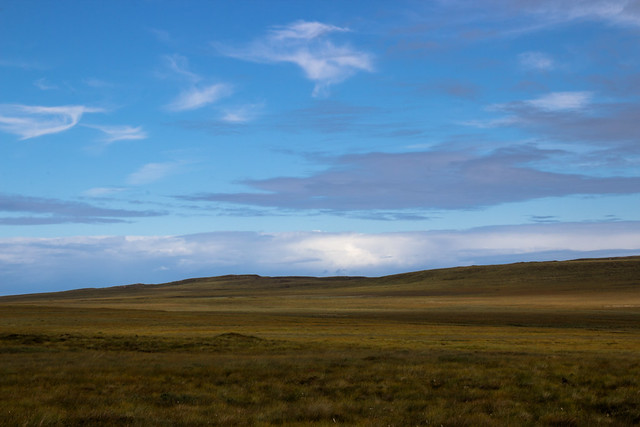
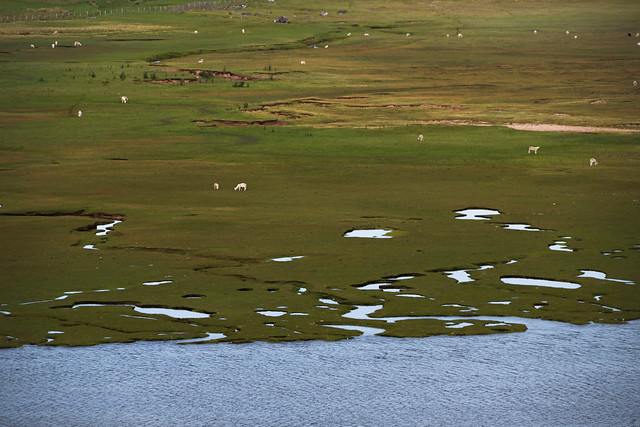
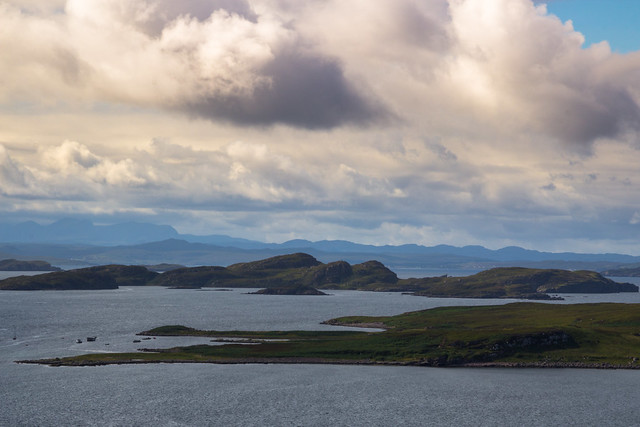
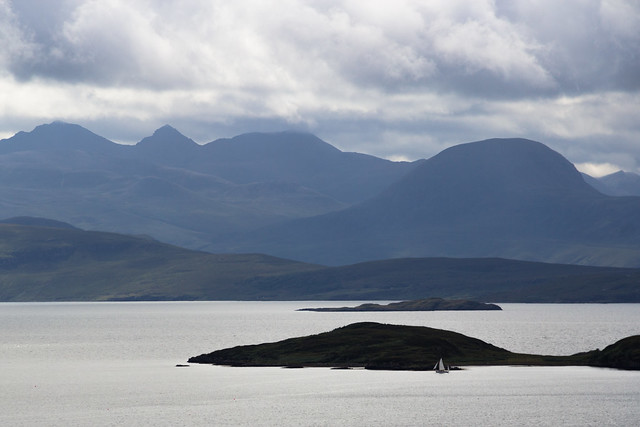
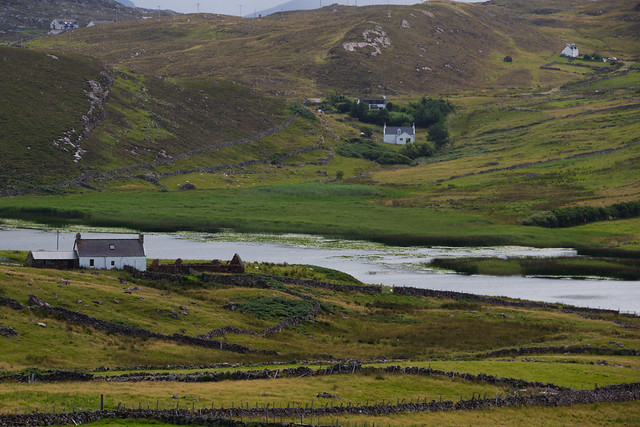

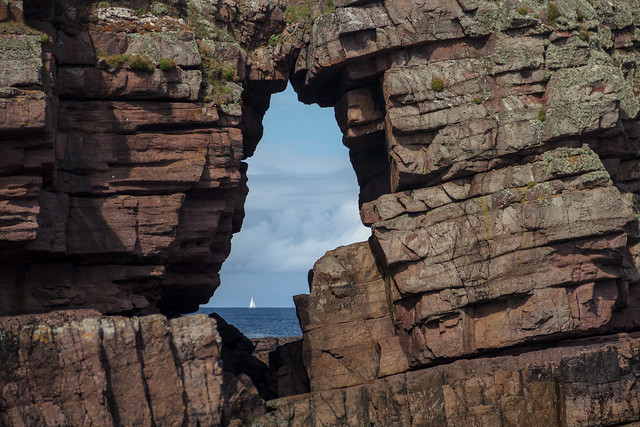
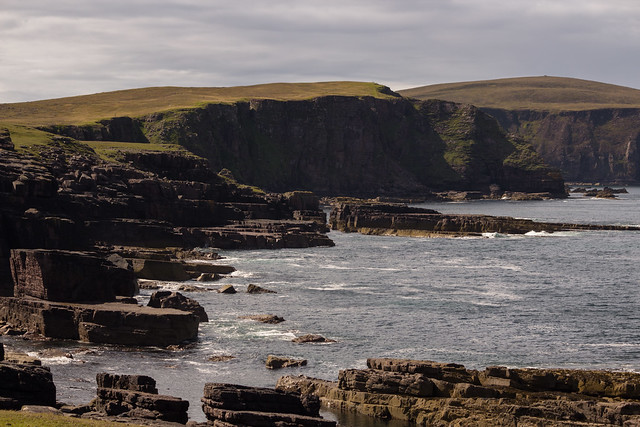
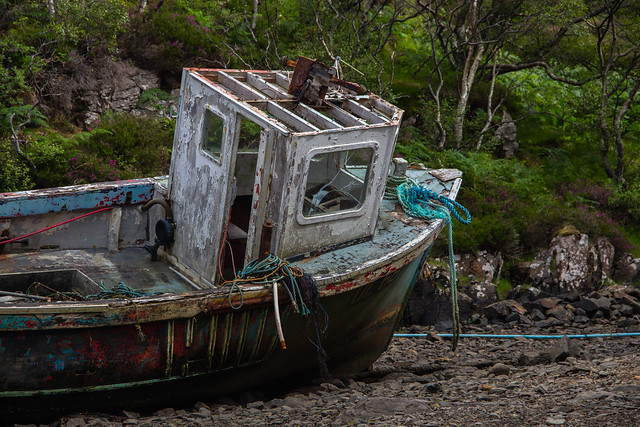
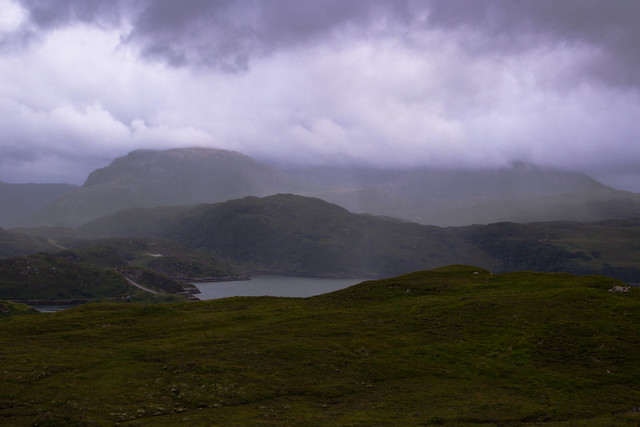


Hi Alex,
Do you have the rest of the trip documented? I haven’t been able to find days 5,6 and 7. My husband and I are planning a trip to Scotland and your blog has been very helpful.
Thanks and hope to hear from you soon.
Thank you so much for reading and reaching out! Very sorry on the missing days. I’ve had them warming a draft folder and keep getting sidetracked by other projects and posts. Will try and wrap them up and get them out in the next week for you! You can also head to my flickr account and view the albums which are chronological and highlight some of the places I stopped along the way.
I finally finished Part IV of the post: http://virtualwayfarer.com/a-7-day-road-trip-through-rural-scotland-the-final-leg/ apologies for the long delay.
Hi Alex, I have really enjoyed the first 3 parts of your blog. My wife and I are headed to Scotland in September and plan on doing the NC500 as well as Skye and the Orkneys in an extended road trip. Is there a part 4 to this blog which covers Durness back to Edinburgh? Can you point me to any good articles or blogs about the Orkneys? Thanks so much for sharing all of this with us and best wishes. John
Hi John, thanks for reading! I keep getting interrupted/sidetracked and the final leg of the trip has been sitting partially written in my drafts folder for a year. Will push myself to get my butt in gear and get it put together for you in the next few days. The Orkneys are great. Really depends on season, but check out the cliff-walk and the old ruins/settlement. I believe there are some standing stones as well worth a stop. It’s now 6 years old, but you can find my video footage from my visit here: https://www.youtube.com/user/Glamdering/search?query=orkney.
I finally finished Part IV of the post: http://virtualwayfarer.com/a-7-day-road-trip-through-rural-scotland-the-final-leg/ apologies for the long delay.